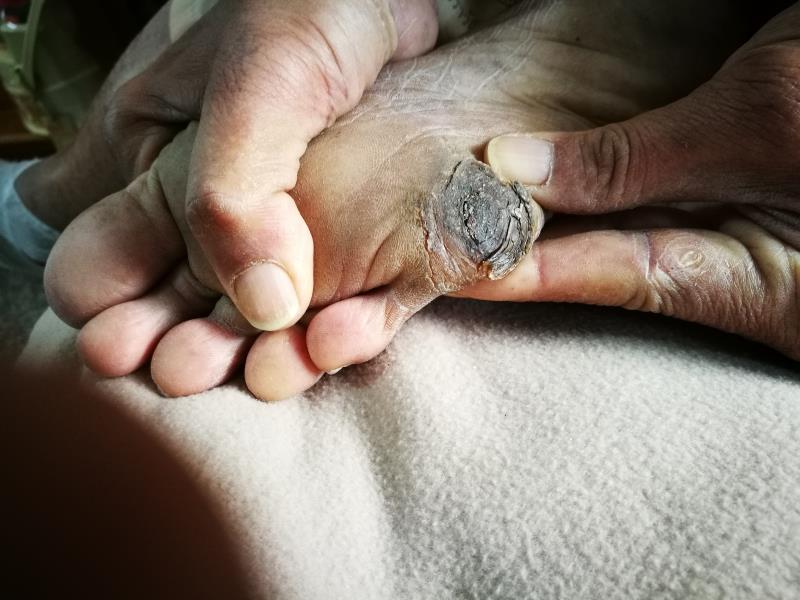Survival after surgery for diabetic heel ulcers better than thought





More than two-thirds of Asian patients with ischaemic diabetic heel ulcers survived without requiring an amputation at 1 year following lower limb revascularization surgery — a rate better than previously reported in the literature, according to a local study.
Amputation free survival (AFS) was 72 percent at 6 months and 68 percent at 1 year — markedly above the 1-year historical rate of 48 percent previously described in an American cohort. [Int Wound J 2020;doi:10.1111/iwj.13493]
The overall mortality rate was 16.7 percent at 6 months and 19.7 percent at 1 year.
“Our study suggests that outcomes of heel ulcers post revascularization were not as poor as previously suggested,” said the researchers led by Dr Tang Tjun Yip from Singapore General Hospital (SGH), Singapore.
“With dedicated multidisciplinary care and persistence in wound management, wound healing may still be achieved in this difficult area of the body,” they suggested.
Participants in the retrospective study were 66 patients (mean age 67.4 years, 45.5 percent male, 93.9 percent diabetics) presenting with ischaemic heel ulcers who underwent lower limb revascularization in SGH. Foot wounds were severe, with a mean WIFI* score of 5.
While direct revascularization through establishment of straight-line flow to the heel was restored in only 46.9 percent of the patients, 71.2 percent had complete wound healing and thus, successful limb salvage. Overall, wound healing took a median time of 90.0 days.
“This suggests that while the lack of a straight-line blood flow may result in development of heel ulcers, indirect flow may be sufficient for healing to take place,” the researchers noted. “Achieving indirect revascularization did not have worse outcomes than direct revascularization.”
During the course of treatment, multiple wound debridements were required. Adjunctive wound treatments were also involved, such as oxygen delivery device, negative pressure dressing, and grafting.
Among patients who had negative pressure dressing (34.8 percent), wound healing was achieved after a median of 26 cycles.
Nonetheless, 18.2 percent of the patients eventually required major lower limb amputation.
Low albumin level and baseline Rutherford class were both independent predictors of poorer AFS at 6 months, which according to the researchers, were not surprising.
The Rutherford classification system reflects the ischaemia status and thus, burden of systemic atherosclerosis; while serum albumin is a marker for nutritional status. “Low serum albumin is suggestive of a protein-energy deficit in the body, resulting in poor wound healing,” they explained.
“Our data suggests that with persistence in wound management, including undergoing multiple sessions of specialized negative pressure dressings and debridements, as well as dedicated multidisciplinary team involving wound nurses and podiatrists, heel wounds may have a better chance of healing post revascularization,” said Tang and co-authors.
According to the researchers, wound care in the local setting is comprehensive with multidisciplinary care — involving a wide range of wound products and aggressive antimicrobial therapy, in addition to emphasis of early mobility and return to function — which may have contribute to the better prognosis for these patients.
“Persistent attention to wound care with multidisciplinary effort is needed for optimal healing,” they stated.